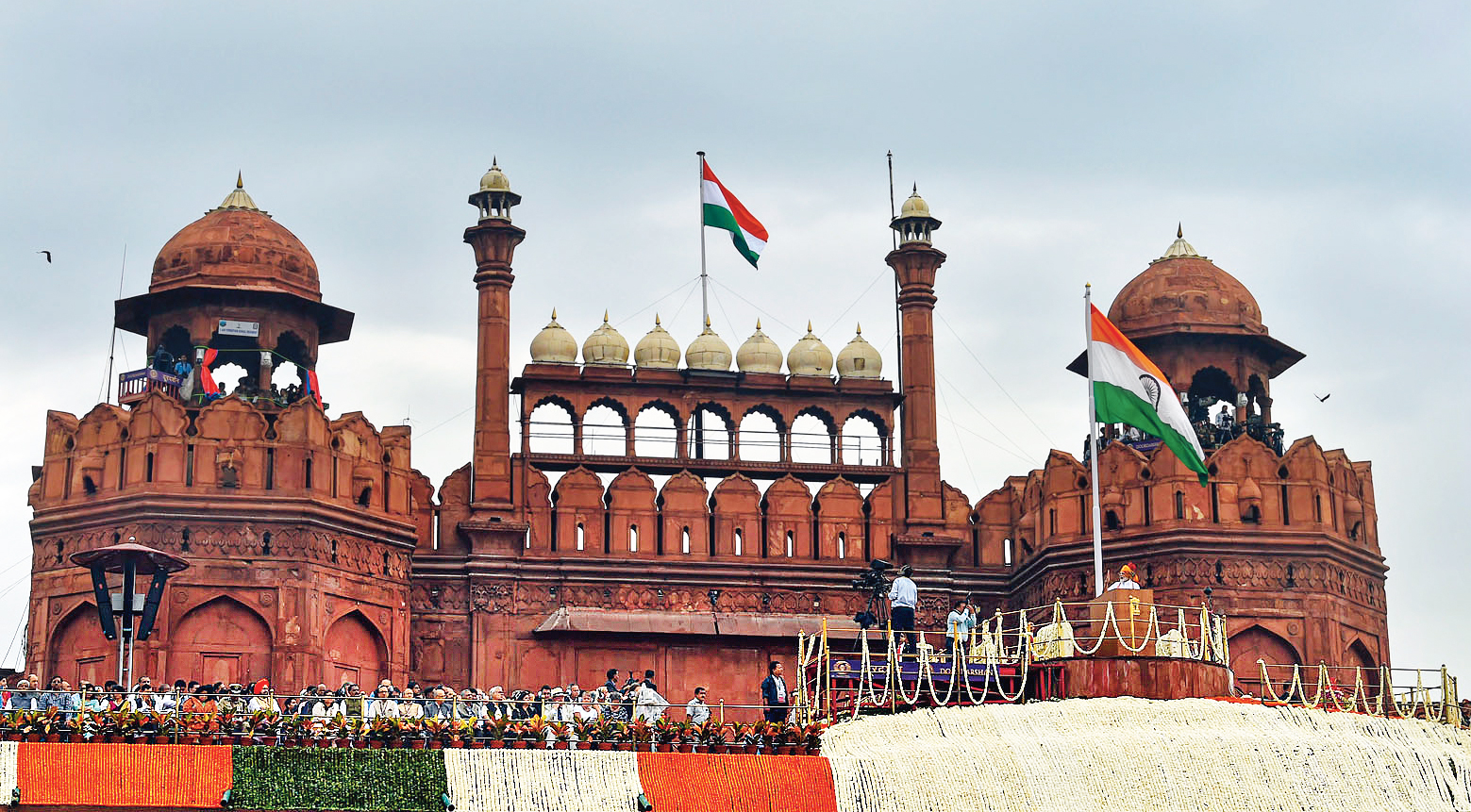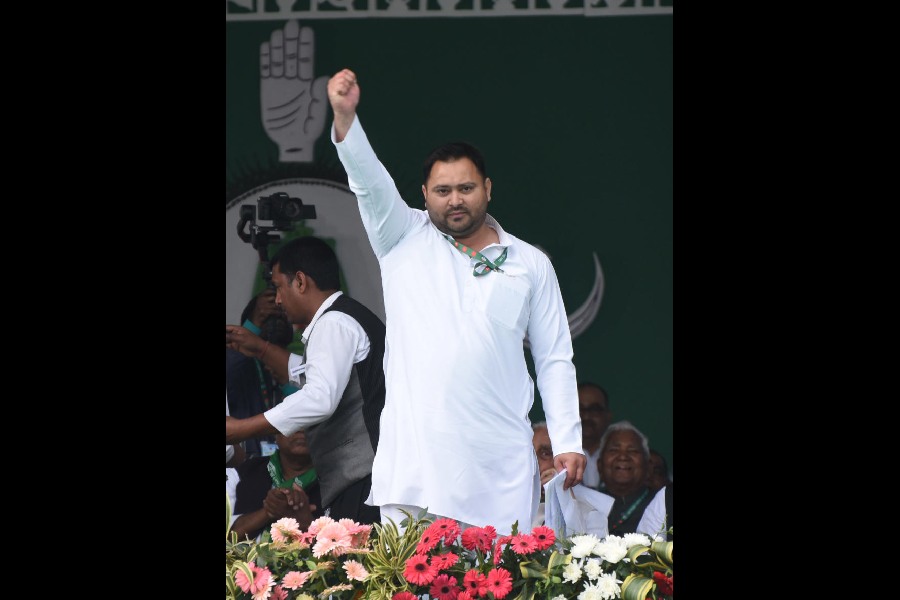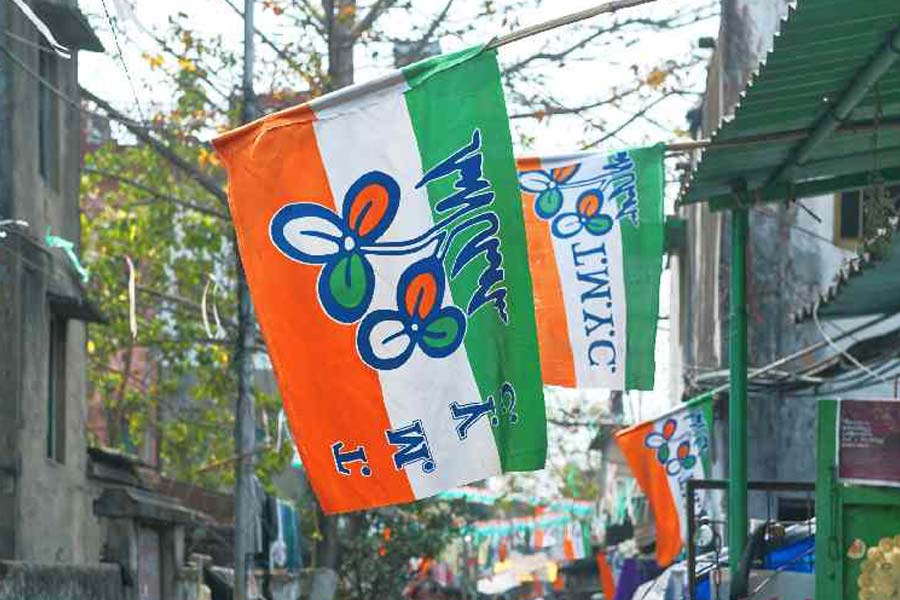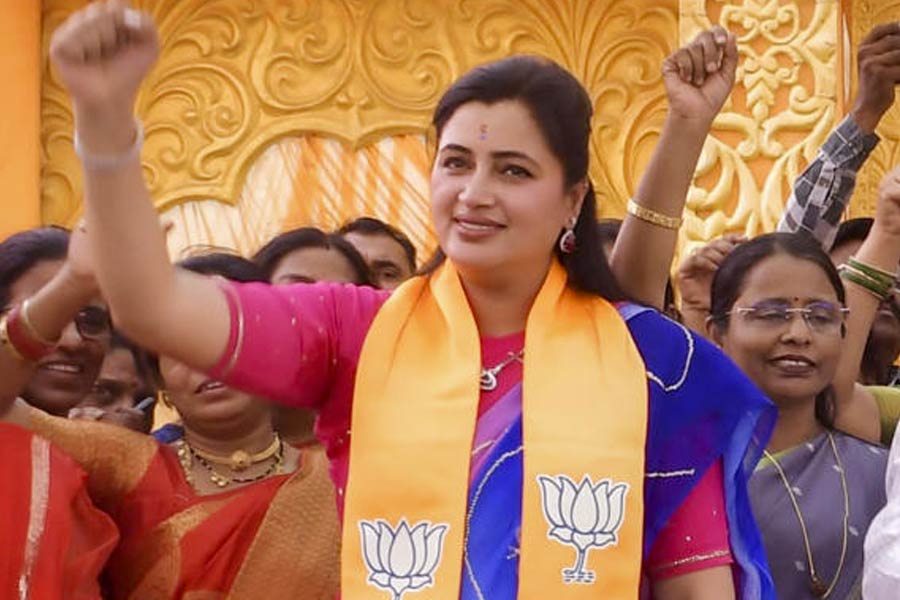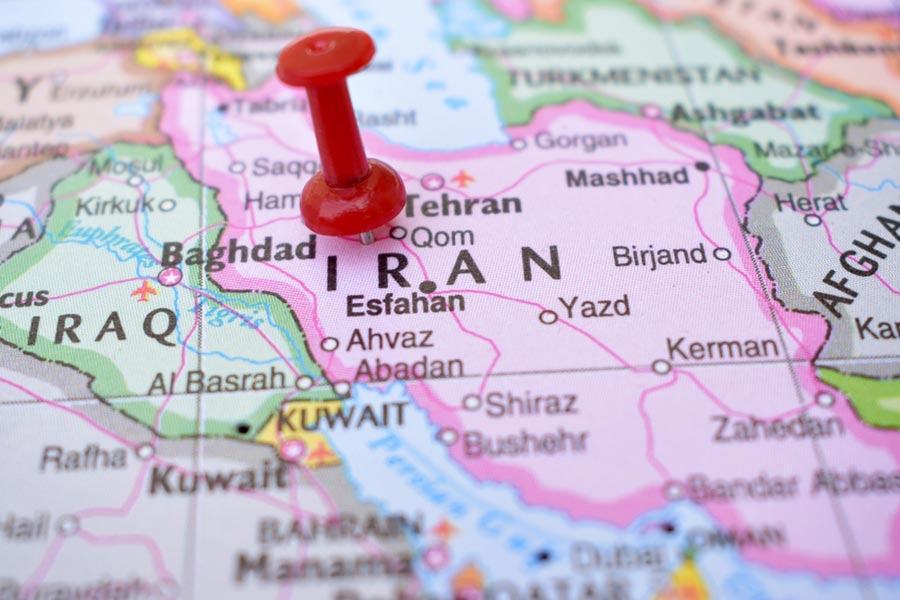Sir — India recently celebrated its 73rd Independence Day. But how many people know about the small village of Tulasigeri in Karnataka, which has been weaving fabric for the national flag for decades? The tricolours hoisted at the Red Fort, government offices, educational institutions and Indian embassies worldwide are woven, stitched and sent from this small village. The unit of khadi weavers in Tulasigeri is known as Khadi Sangha. Karnataka also has the country’s only authorized national flag manufacturing unit, located in Bengeri in Hubli. Interestingly, it is women who are mainly involved in stitching the flags. Given the relentless labour they put into the job throughout the year, it is important that they be paid fair wages.
Ranganathan Sivakumar,
Chennai
Spirited show
Sir — The captain of the Indian men’s cricket team, Virat Kohli, and the young batsman, Shreyas Iyer, must be congratulated for their performances against the West Indies in the second and third one-day internationals, both played at the Queen’s Park Oval in the capital city of Trinidad and Tobago (“Kohli and Iyer shine in rain”, Aug 12). In the second match, Kohli played a glorious innings of 120 runs after the opening partnership between Rohit Sharma and Shikhar Dhawan failed and the wicketkeeper-batsman, Rishabh Pant, also succumbed. Pant continues to lengthen his string of low scores in ODIs.
In the second ODI, the pressure on the skipper to get more runs on the board was immense. As such, he seemed to be reassured when he was joined at the crease by the talented Iyer, who played a responsible knock of 71 runs.
It was heartening to watch their exceptional performances against the fierce Caribbean bowling attack in both matches. With these wins, Kohli has broken a number of records. It is a matter of pride that he has now surpassed the 26-year-old record held by the former Pakistani player, Javed Miandad, of scoring the highest number of runs in ODIs against the West Indies. Kohli is also only seven centuries away from breaking the record held by Sachin Tendulkar, of the maximum number of tonnes scored in the ODI format. With Kohli at the helm and with young talents like Iyer emerging, the Indian men’s cricket team seems to be in good hands.
Tushar Anand,
Patna
Sir — Virat Kohli and his team must be lauded for beating the West Indies in the second and third ODIs and winning the series 2-0. The victories must be attributed to Kohli’s timely centuries in both matches and the partnerships he maintained with Shreyas Iyer, who finally got a chance to prove his mettle. Credit must be given to the West Indies bowlers, especially Roston Chase and Carlos Brathwaite, for getting Rohit Sharma and Rishabh Pant out in the second ODI. While Chase got Sharma, Brathwaite forced Pant to make a mistake and go for an overly ambitious scoop shot towards fine leg. This resulted in yet another soft dismissal.
The captain’s return to form augurs well for the Indian team, especially for the Test series. Kohli is making a habit of smashing records. Apart from breaking Javed Miandad’s record, he has also become the first batsman to score 20,000 international runs in a decade. One hopes he earns many more laurels in the coming seasons.
N. Mahadevan,
Chennai
Sir — It was a pleasure to watch Virat Kohli and Shreyas Iyer build their partnerships in the second and third ODIs. It was clear that Iyer took a lot of pressure off Kohli at the crease.
Avinanda Sarkar,
Calcutta
Arduous journey
Sir — The joint plan of the railways ministers of India and Bangladesh to increase the frequency of the Maitree Express — going between Calcutta and Dhaka — and the Bandhan Express — connecting Calcutta and Khulna — is welcome. It will take the shared agenda of the prime ministers of the two countries, Narendra Modi and Sheikh Hasina Wajed, forward. The Bangladesh railways minister, Nurul Islam Sujon, had proposed to increase the frequency of the Maitree Express from four days a week to six, and that of the Bandhan Express from one day a week to three, in order to boost connectivity between the two countries. The Indian railways minister, Piyush Goyal, agreed to it.
This move will benefit Indian and Bangladeshi commuters immensely. Most of the passengers who use these particular trains are either sick children and ailing senior citizens travelling for treatment, or those looking to meet and stay with relatives. The protocol for boarding — and alighting from — the trains at the Kolkata railway station proves to be taxing for passengers, who have to wait, often in long queues, for hours on end given the low frequency of the trains.
For making rail travel hassle-free and comfortable, more staff needs to be employed at the Kolkata terminal. The immigration form, even for Indian passport holders, should be made simpler and handed over to passengers for filling in as soon as the trains enter Indian territory.
Moreover, tickets at the Kolkata station are not issued in advance unless a passenger produces a visa, even if they have a valid passport. This is a problem because getting a visa issued from the Bangladesh Deputy High Commissioner’s office in Calcutta is known to take an inordinately long time on several occasions. People from all over West Bengal have to go to great lengths and wait for weeks both for submitting visa applications and for collecting their documents, even in cases of emergency. The Bangladesh Mission Office should increase the number of counters for receiving and delivering passports and visa applications. This will make the queues of jostling passengers much shorter. For senior citizens and children seeking visas, it is necessary to arrange for restroom facilities.
The whole problem can be addressed to a great extent if the railways and external affairs ministries of both countries put in place a ‘visa-on-arrival’ system. This will strengthen ties between India and Bangladesh. Why do the railway authorities bar the issuing of tickets in advance? If an individual fails to produce a visa on the day of the journey, he will not be allowed to board the train, thereby incurring personal financial losses. The government, on the other hand, will continue to earn revenue at the cost of the traveller. As such, both the Indian and the Bangladeshi governments should, alongside increasing the frequency of trains, make the visa and ticket protocols simpler.
Samares Bandyopadhyay,
Calcutta

